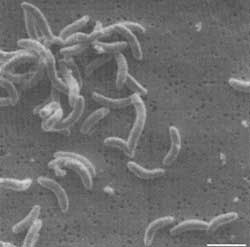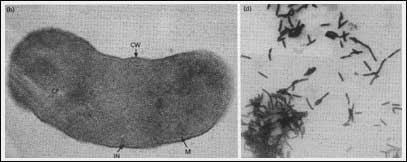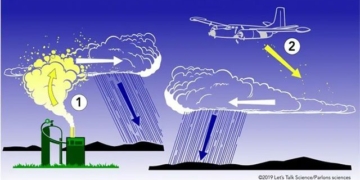In wetland areas or ponds with abundant grass growth, the microorganisms residing there are fond of blowing bubbles; these are methanogens.
Methanogens are among the oldest life forms on Earth. During the early formation of our planet, in a primordial and oxygen-deficient environment resembling that of the dead, the first organisms emerged. They did not require oxygen for survival, instead thriving on carbon compounds and some simple salts. However, they possessed all the characteristics of life – cells and the ability to reproduce naturally. Methanogens can be considered the ancestors of all living beings.
 |
(Image: gmm.gu.se) |
To this day, despite countless changes in the world, the nature of methanogens remains largely unchanged. They still thrive in anaerobic conditions, and their diet has become more diverse, feasting on various types of waste, organic matter, and animal manure, which are considered delicacies for them. Deep beneath the oxygen-poor mud, they feast and begin to “play the game” of blowing bubbles.
The bubbles produced by methanogens “play” are filled with biogas, primarily composed of methane (CH4). Additionally, they contain H2, CO, CO2, and more. This biogas serves as a cheap energy source ideal for lighting and cooking, being both clean and convenient, and can even be used as a substitute for gasoline: it is the perfect fuel gas.
Currently, there is global concern regarding fuel shortages, and the pursuit of new energy sources is a growing trend. Microorganisms have contributed to alleviating human worries, helping to address part of the energy crisis. Many countries have begun utilizing biogas to power machines. In rural China, biogas digesters have been implemented in many areas. Each cubic meter of a digester can provide approximately 6000 Kcal of heat, enough to run a one-horsepower engine for 24 hours or to power a 60-100W light bulb for 5-6 hours. Plans are even underway to construct biogas power plants, converting biological energy into electrical energy. A distillery producing 20,000 tons per year, if utilizing all waste for biogas, could generate 11 million cubic meters of biogas, equivalent to 9000 tons of coal. The waste residue from methanogens can be used as fertilizer, outperforming even the best chemical fertilizers used in fields.

(Image: gmm.gu.se)




















































